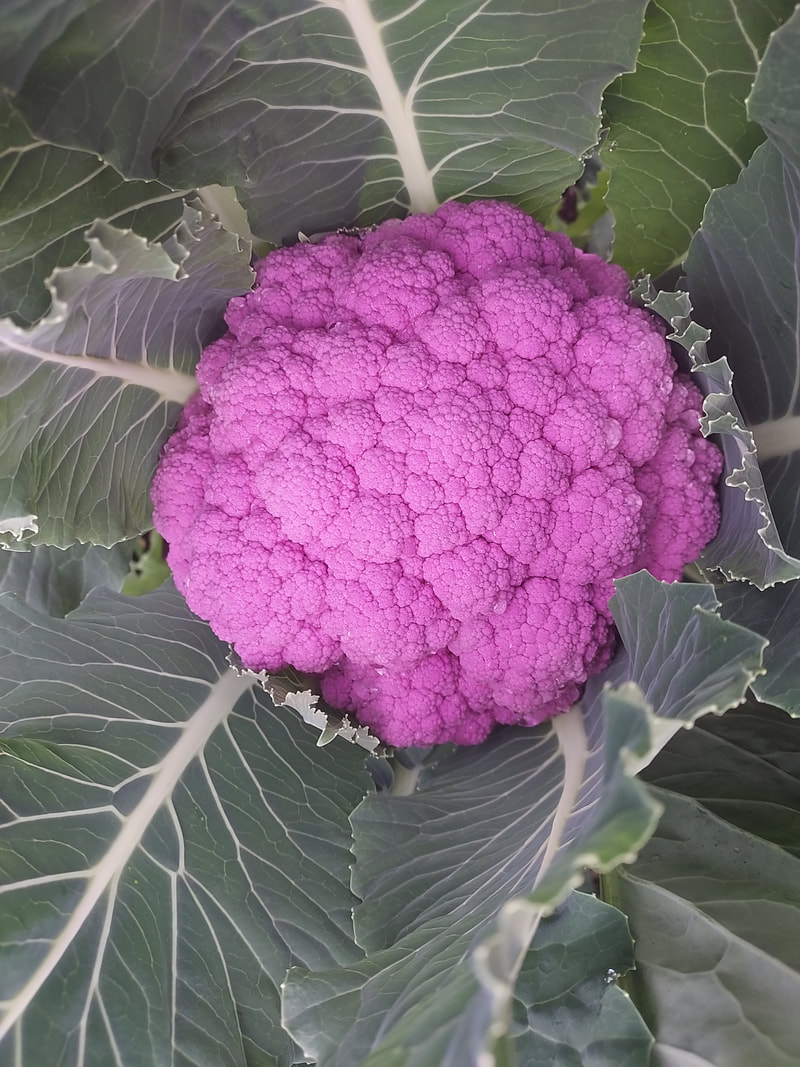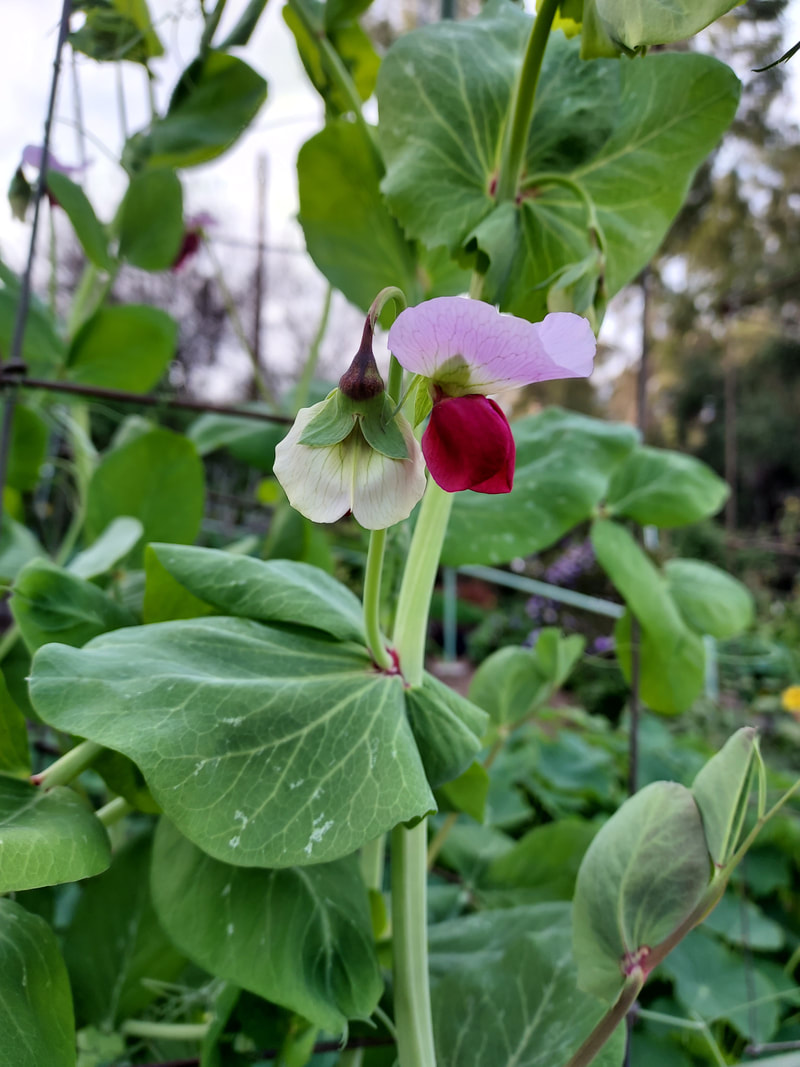| | Compared with the last five or so years, I’m late in getting my first tomatoes planted into the garden. But that was then, and this is now. That was warm temperatures and no rain. Now is water-soaked soil and temperatures barely in the 60s during the days but still in the 40s at night. But, perusing the veggie seedlings at my favorite nursery, I spotted a dozen varieties of great-looking 4” tomatoes, and took home several of my always-plant types – Sungold and Sweet 100 cherries and Celebrity. This year I’m also trying Big Beef, lauded for years at various community gardens but I was always more interested in the various heirloom varieties. I always depend on these more common varieties that appear early at nurseries and big-box stores to plant first, then fill in with less-common varieties that I’ll get later when I help out at the Tapia Brothers Tomatomania location (This year, I’ll be there on Sunday, March 26, from about 11am to 3pm and give a presentation on transplanting tomato tips at some point during that time period. For more information on Tomatomania and its many locations, see https://tomatomania.com/). Back to the Cool Season Veggies We’re enjoying our third cauliflower from the ones I’d planted in Fall. First one was Cheddar, a too-brilliantly-to-be-believed colored namesake that tasted deliciously mild (but thankfully not like the cheese). Next was a mathematically-perfectly-swirled Romanesco in brilliant chartreuse. Now we’re finishing Violet, also brilliant in color but mild in flavor. We never got around to cooking them, they were so deliciously sweet eaten raw. We have four more to go from that batch we’d planted then, and I’ve planted more seedlings as we pick each one. The baby bok choy that I’d planted at the same time as the cauliflower has begun to bolt – lengthening its central stem and setting flower – but continues to be sweetly flavored, especially the stem, just like the cauliflower. I’d transplanted the red-leafed tatsoi a month ago, and we’ve already been enjoying its individual leaves. Like lettuce, I harvest the outer ones and leave only four of the small interior ones to continue developing for later harvest. I get a gallon-ziplock-bag size harvest of lettuce every week. Mixed with the leaves of the bok choy and beet and chard and kale, this becomes my go-to greens mix for salad, stir-fry, omelette, quiche, stew, soup, and whatever else seems something tasty to prepare. So I make a point of seeding and transplanting more of each, and I’m relishing having such long-lasting cool moist soil and air temperatures that these plants so thrive in. Because of this, I much prefer the longevity of edible gardening from Fall through Winter and Spring to the beginning of Summer. Much more food over a much longer period of time - some 8 months! But, of course, the heat of summer brings the glorious tomatoes and squash and cucumbers and other yummies. Seeds I’ve just ordered from Park Seed include Champion of England Heirloom Pea, Green Arrow pea, Lincoln Pea, Purple Tavor artichoke, Butterhead Blend lettuce, Aspabroc Hybrid broccoli (supposed to be long-stemmed like asparagus with smaller broccoli-like heads), DePurple cauliflower, Romanesco broccoli. As soon as they arrive, I’ll seed them directly into the garden in the hopes that they germinate, develop, and bear while the weather is still coolish. This kind of playtime in the garden discovering new treasures and getting to eat it all is what I truly love! However, when transplanting your seedlings into the garden, now that the soil is thoroughly drenched and draining slowly, be sure to very gently lift the soil and ease it back around the root ball that you’ve massaged to loosen root strands, and then water the plant in minimally but sufficiently so the entire root system is thoroughly “melted” in good contact with the soil. My pea plants are putting out some blooms, but no pods have formed yet. The several varieties of carrots I’d sown are developing nicely, but none is large enough to taste-test yet. Same thing with the Watermelon radishes, with lots of foliage but unexpectedly long and skinny. Maybe they haven’t formed their globes yet because of all the rain and chill. The established artichokes are looking beautifully huge and lush from all the rain. I loved finding almost a dozen seedlings among the chard-and-breadseed-poppy bed that I’ve transplanted to other locations that’ll probably develop over the summer and then bear their globes next spring. I’m hoping that these are the perennial types, that die back to the ground each year but resprout again. Even if they turn out to be annuals – dying back completely and not resprouting – if they taste great, I’ll be happy. That was the problem with several of the heirloom varieties I’d purchased over the years in the past – they didn’t taste great after all the battling with the extremely thorny leaves. That kind of "heirloom-iness" I don't want to deal with! For more monthly tips for this time of year, see March For more blog topics listed by season, go to Homepage |
|
0 Comments
Leave a Reply. |
Categories |













 RSS Feed
RSS Feed